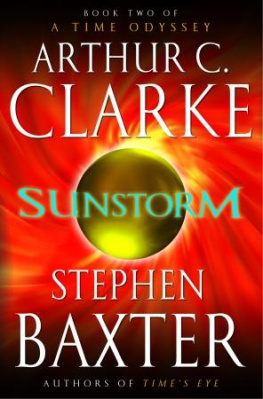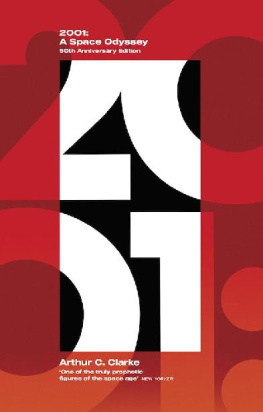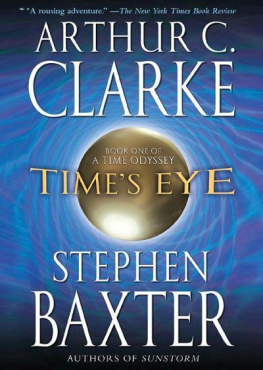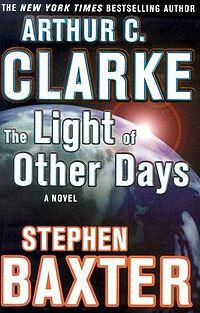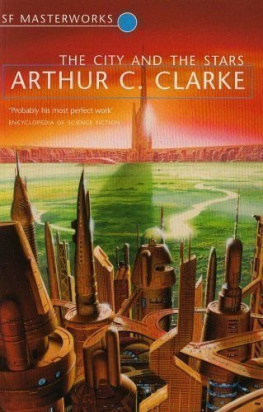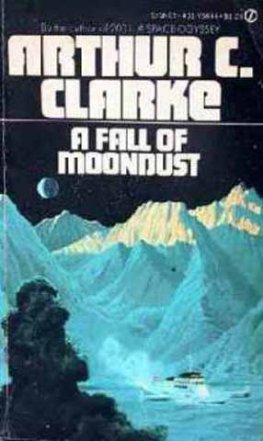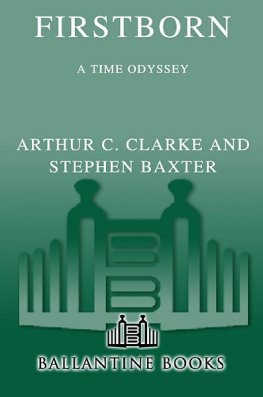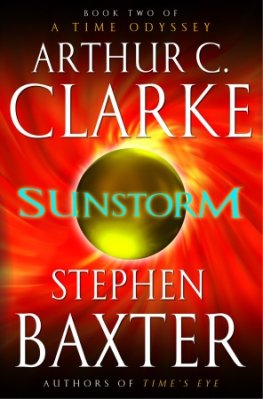Arthur C. Clarke - Firstborn
Here you can read online Arthur C. Clarke - Firstborn full text of the book (entire story) in english for free. Download pdf and epub, get meaning, cover and reviews about this ebook. year: 2008, publisher: Del Rey/Ballantine Books, genre: Art. Description of the work, (preface) as well as reviews are available. Best literature library LitArk.com created for fans of good reading and offers a wide selection of genres:
Romance novel
Science fiction
Adventure
Detective
Science
History
Home and family
Prose
Art
Politics
Computer
Non-fiction
Religion
Business
Children
Humor
Choose a favorite category and find really read worthwhile books. Enjoy immersion in the world of imagination, feel the emotions of the characters or learn something new for yourself, make an fascinating discovery.

- Book:Firstborn
- Author:
- Publisher:Del Rey/Ballantine Books
- Genre:
- Year:2008
- Rating:3 / 5
- Favourites:Add to favourites
- Your mark:
- 60
- 1
- 2
- 3
- 4
- 5
Firstborn: summary, description and annotation
We offer to read an annotation, description, summary or preface (depends on what the author of the book "Firstborn" wrote himself). If you haven't found the necessary information about the book — write in the comments, we will try to find it.
Firstborn — read online for free the complete book (whole text) full work
Below is the text of the book, divided by pages. System saving the place of the last page read, allows you to conveniently read the book "Firstborn" online for free, without having to search again every time where you left off. Put a bookmark, and you can go to the page where you finished reading at any time.
Font size:
Interval:
Bookmark:
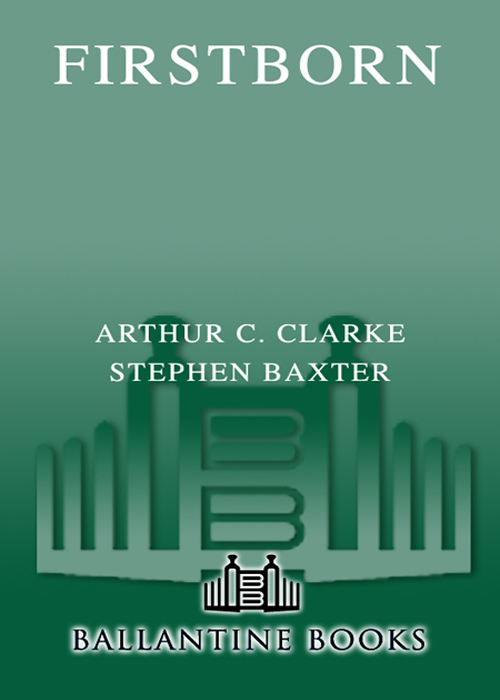

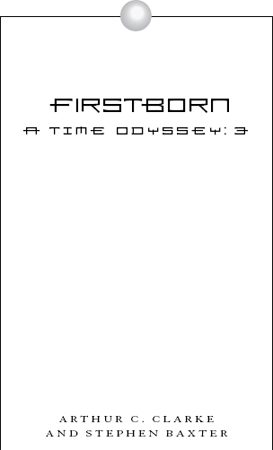
CONTENTS
For the British Interplanetary Society
PART 1
FIRST CONTACTS


1: BISESA
February 2069
It wasnt like waking. It was a sudden emergence, a clash of cymbals. Her eyes gaped wide open, and were filled with dazzling light. She dragged deep breaths into her lungs, and gasped with the shock of selfhood.
Shock, yes. She shouldnt be conscious. Something was wrong.
A pale shape swam in the air.
Doctor Heyer?
No. No, Mum, its me.
That face came into focus a little more, and there was her daughter, that strong face, those clear blue eyes, those slightly heavy dark brows. There was something on her cheek, though, some kind of symbol. A tattoo?
Myra? She found her throat scratchy, her voice a husk. She had a dim sense, now, of lying on her back, of a room around her, of equipment and people just out of her field of view. What went wrong?
Wrong?
Why wasnt I put into estivation?
Myra hesitated. Mumwhat date do you think it is?
2050. June fifth.
No. Its 2069, Mum. February. Nineteen years later. The hibernation worked. Now Bisesa saw strands of gray in Myras dark hair, wrinkles gathering around those sharp eyes. Myra said, As you can see I took the long way round.
It must be true. Bisesa had taken another vast, unlikely step on her personal odyssey through time. Oh, my.
Another face loomed over Bisesa.
Doctor Heyer?
No. Doctor Heyer has long retired. My name is Doctor Stanton. Were going to begin the full resanguination now. Im afraid its going to hurt.
Bisesa tried to lick her lips. Why am I awake? she asked, and she immediately answered her own question. Oh. The Firstborn. What could it be but them? A new threat.
Myras face crumpled with hurt. Youve been away for nineteen years. The first thing you ask about is the Firstborn. Ill come see you when youre fully revived.
Myra, wait
But Myra had gone.
The new doctor was right. It hurt. But Bisesa had once been a soldier in the British Army. She forced herself not to cry out.
2: DEEP SPACE MONITOR
June 2064
Mankinds first clear look at the new threat had come five years earlier. And the eyes that saw the anomaly were electronic, not human.
Deep Space Monitor X7-6102-016 swam through the shadow of Saturn, where moons hung like lanterns. Saturns rings were a ghost of what they had been before the sunstorm, but as the probe climbed the distant sun set behind the rings, turning them into a bridge of silver that spanned the sky.
The Deep Space Monitor was not capable of awe, not quite. But like any sufficiently advanced machine it was sentient to some degree, and its electronic soul tingled with wonder at the orderly marvels of gas and ice through which it sailed. But it made no effort to explore them.
Silently, the probe approached the next target on its orbital loop.
Titan, Saturns largest moon, was a featureless ball of ocher, dimly lit by the remote sun. But its deep layers of cloud and haze hid miracles. As it approached the moon, DSM X7-6102-016 cautiously listened to the electronic chatter of a swarm of robot explorers.
Under a murky orange sky, beetle-like rovers crawled over dunes of basalt-hard ice-crystal sand, skirted methane geysers, crept cautiously into valleys carved by rivers of ethane, and dug into a surface made slushy by a constant, global drizzle of methane. One brave balloon explorer, buoyed by the thick air, hovered over a cryovolcano spilling a lava of ammonium-laced water. Burrowing submersibles studied pockets of liquid water just under the ice surface, frozen-over lakes preserved in impact craters. There were complex organic products everywhere, created by electrical storms in Titans atmosphere, and by the battering of the upper air by sunlight and Saturns magnetic field.
Everywhere the probes looked, they found life. Some of this was Earthlike, anaerobic methane-loving bugs sluggishly building pillows and mounds in the cold brine of the crater lakes. A more exotic sort of carbon-based life-form, using ammonia rather than water, could be found swimming in the stuff bubbling out of the cryovolcanoes. Most exotic of all was a community of slimelike organisms that used silicon compounds as their basic building blocks, not carbon; they lived in the piercing cold of the black, mirror-flat ethane lakes.
The crater-lake bugs were cousins of Earths great families of life. The ammonia fish seemed to be indigenous to Titan. The cold-loving ethane slime might have come from the moons of Neptune, or beyond. The solar system was full of lifelife that blew everywhere, in rocks and lumps of ice detached by impacts. Even so Titan was extraordinary, a junction for life-forms from across the solar system, and maybe even from without.
But Deep Space Monitor X7-6102-016 had not come to Titan for science. As it passed through its closest approach to the moon and its carnival of life, its robot cousins did not even know it was there.
The Deep Space Monitors complex heart was a space probe built to a century-old design philosophy, with an angular frame from which sprouted booms holding sensor pods and radiothermal-isotope power units. But this inner core was surrounded by a rigid shell of metamaterial, a mesh of nanotechnological washers and wires that shepherded rays of sunlight away from the probe and sent them on their way along paths they would have taken had the probe not been present at all. The Deep Space Monitor was not blind; the shell sampled the incoming rays. But with light neither reflected nor deflected, it was rendered quite invisible. Similarly it was undetectable on any wavelength of radiation from hard gamma rays to long radio waves.
DSM X7-6102-016 was not an explorer. Shrouded, silent, it was a sentry. And now it was heading for an encounter of the sort for which it had been designed.
As it skimmed over the cloud tops of Titan, the moons gravity field slingshot X7-6102-016 onto a new trajectory that would take it out of the plane of the Saturn system, high above the rings. All this in radio silence, without a puff of rocket exhaust.
And DSM X7-6102-016 approached the anomaly.
It detected cascades of exotic high-energy particles. And it was brushed by a powerful magnetic field, a ferocious electromagnetic knot in space. It reported to Earth, sending a stream of highly compressed data using sporadic laser bursts.
The Deep Space Monitor had no means of adjusting its course without compromising its shroud, and so it sailed on helplessly. It should have missed the anomaly by perhaps half a kilometer.
Its last observation, in a sense its last conscious thought, was of a sudden twisting of the anomalys strong magnetic field.
DSM X7-6102-016s final signals showed it receding at enormous, impossible speeds. They were signals the probes makers could neither believe nor understand.
Next pageFont size:
Interval:
Bookmark:
Similar books «Firstborn»
Look at similar books to Firstborn. We have selected literature similar in name and meaning in the hope of providing readers with more options to find new, interesting, not yet read works.
Discussion, reviews of the book Firstborn and just readers' own opinions. Leave your comments, write what you think about the work, its meaning or the main characters. Specify what exactly you liked and what you didn't like, and why you think so.

